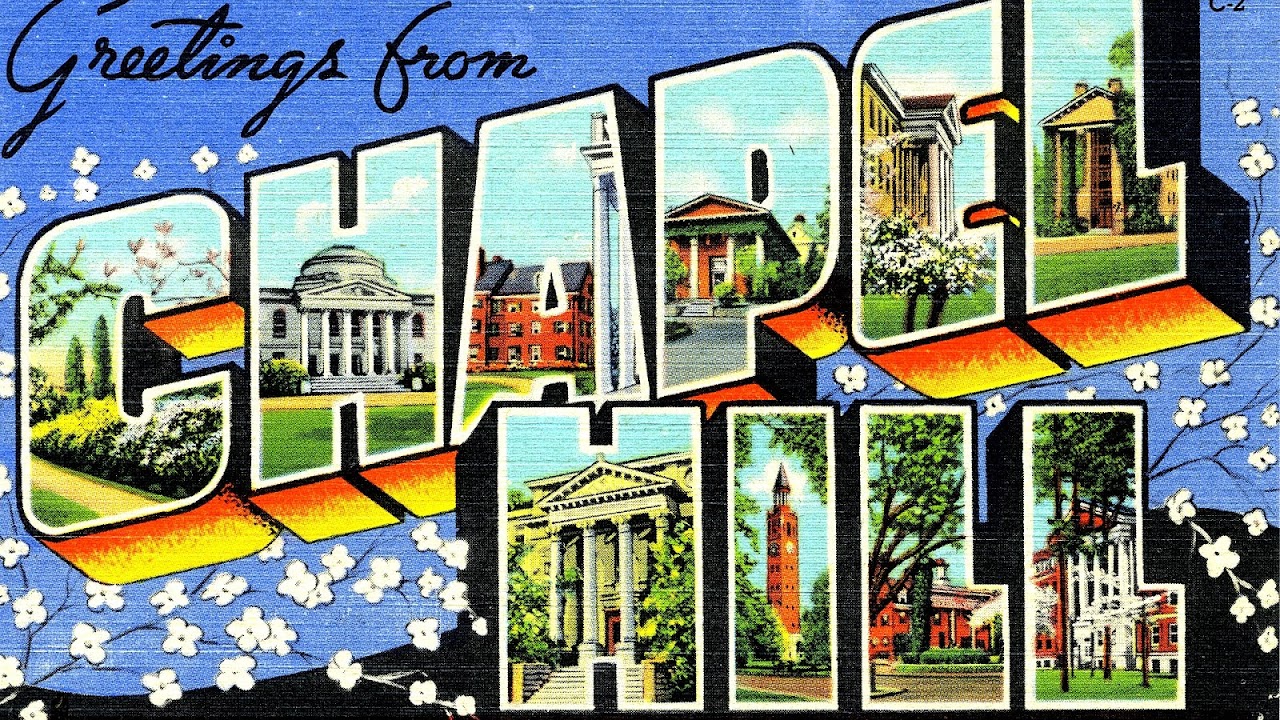
The 1936 North American heat wave was the most severe heat wave in the modern history of North America. It took place in the middle of the Great Depression and Dust Bowl of the 1930s, and caused catastrophic human suffering and an enormous economic toll. The death toll exceeded 5,000, and huge numbers of crops were destroyed by the heat and lack of moisture. Many state and city record high temperatures set during the 1936 heat wave stood until the Summer 2012 North American heat wave. The 1936 heat wave followed one of the coldest winters on record.

Maps, Directions, and Place Reviews
Events
The heat wave started in late June, when temperatures across the US exceeded 100 °F (38 °C). The Midwest experienced some of the highest June temperatures on record. Drought conditions worsened. In the Northeast, temperatures climbed to the mid 90s °F (around 35 °C). The South and West started to heat up also, and also experienced drought. The heat wave began to extend into Canada. Moderate to extreme drought covered the entire continent. The dry and exposed soil contributed directly to the heat as happens normally in desert areas as the extreme heat entered the air by radiation and direct contact.
July was the peak month, in which temperatures reached all-time record levels--many of which still stand as of 2012. In Steele, North Dakota, temperatures reached 121 °F (49 °C), which remains North Dakota's record. In Ohio, temperatures reached 110 °F (43 °C), which nearly tied the previous record set in 1934. The states of Texas, Oklahoma, Kansas, Arkansas, Minnesota, Michigan, North Dakota, South Dakota, Pennsylvania, Louisiana, Nebraska, Wisconsin, West Virginia, and New Jersey also experienced record high temperatures. The provinces of Ontario and Manitoba set still-standing record highs above 110 °F (43 °C). Chicago Midway airport recorded 100 °F (38 °C) or higher temperatures on 12 consecutive days from July 6-17, 1936. Later that summer in downstate Illinois, at Mount Vernon the temperature surpassed 100 °F (38 °C) for 18 days running from August 12-29, 1936.
Some stations in the American Midwest reported minimum temperatures at or above 90 °F (32 °C) such as 91 °F (33 °C) at Lincoln, Nebraska on July 25, 1936; the next and most recent time this is known to have happened is a handful of 90 °F (32 °C) minimums during a similar heat wave in late June 1988 but far less intense than that of 1936. The highest nightly low temperature outside of the desert south-west was 94 °F (34 °C) at Atchison, Kansas during the heat wave of July 1934.
August was the warmest month on record for five states. Many experienced long stretches of daily maximum temperatures 100 °F (38 °C) or warmer. Drought conditions worsened in some locations. Some states were only slightly above average.
The heat wave and drought largely ended in September, though many states were still drier and warmer than average. Many farmers' summer harvests were destroyed. Grounds and lawns remained parched. Annual temperatures returned to normal in the fall.
All American Heating Video
Effects
As many as 5,000 heat related deaths were reported in the United States, and 780 direct and 400 indirect deaths in Canada. Many people suffered from heat stroke and heat exhaustion, particularly the elderly. Unlike today, air conditioning was in the early stages of development and was therefore absent from houses and commercial buildings. Many of the deaths occurred in high population density areas of Chicago, Detroit, St. Louis, Milwaukee, Cleveland, Toronto and other urban areas. Farmers across the continent saw crop failure, causing corn and wheat prices to rise quickly. Droughts and heat waves were common in the 1930s. The 1930s are remembered as the driest and warmest decade for the US (the Dust Bowl years) and the summer of 1936 was the most widespread and destructive heat wave to occur in the Americas in centuries.
Source of the article : Wikipedia








EmoticonEmoticon